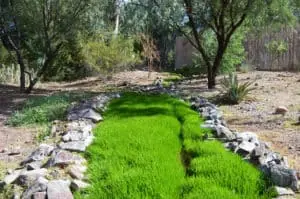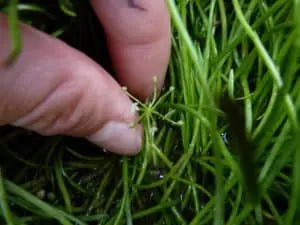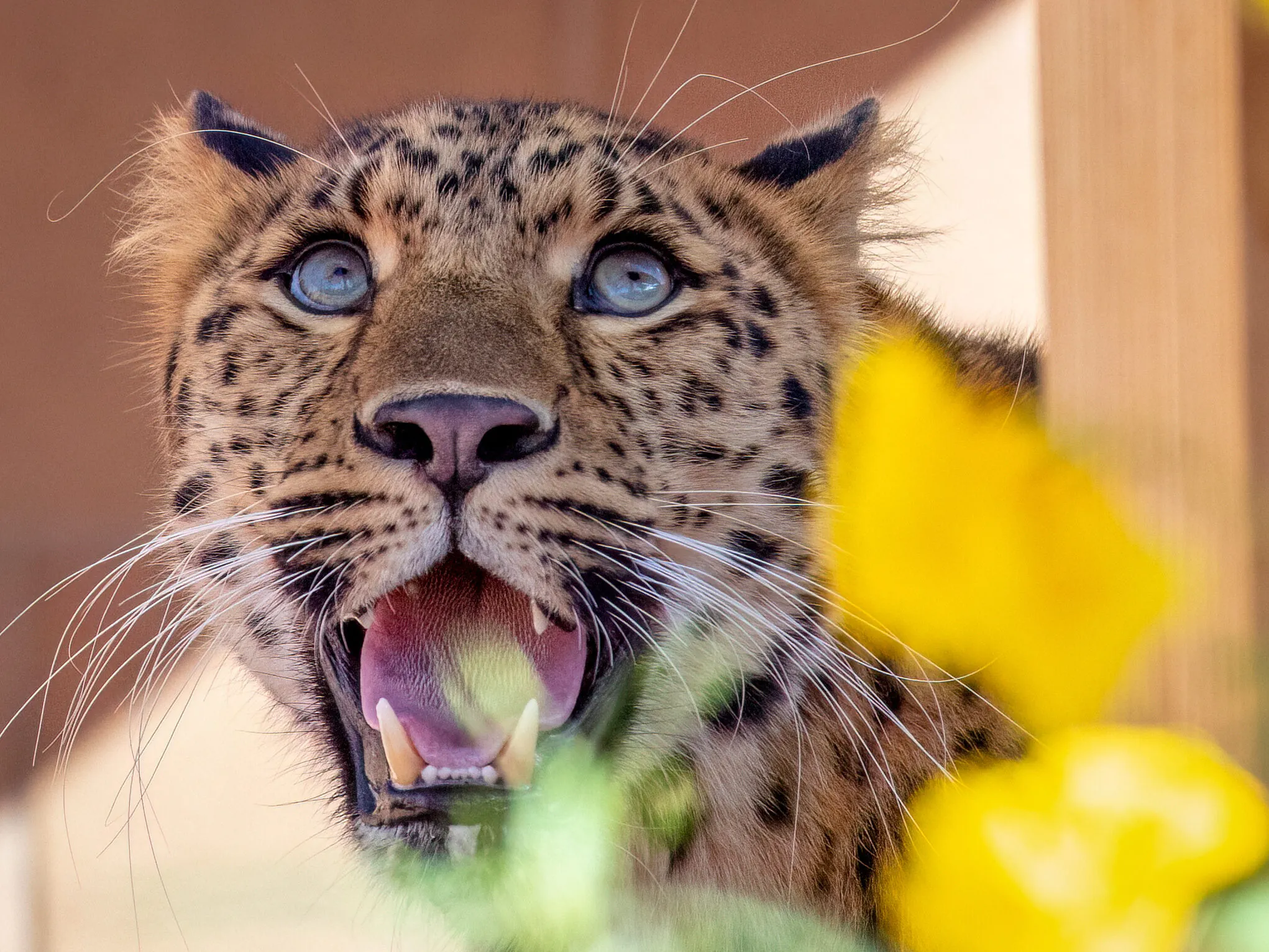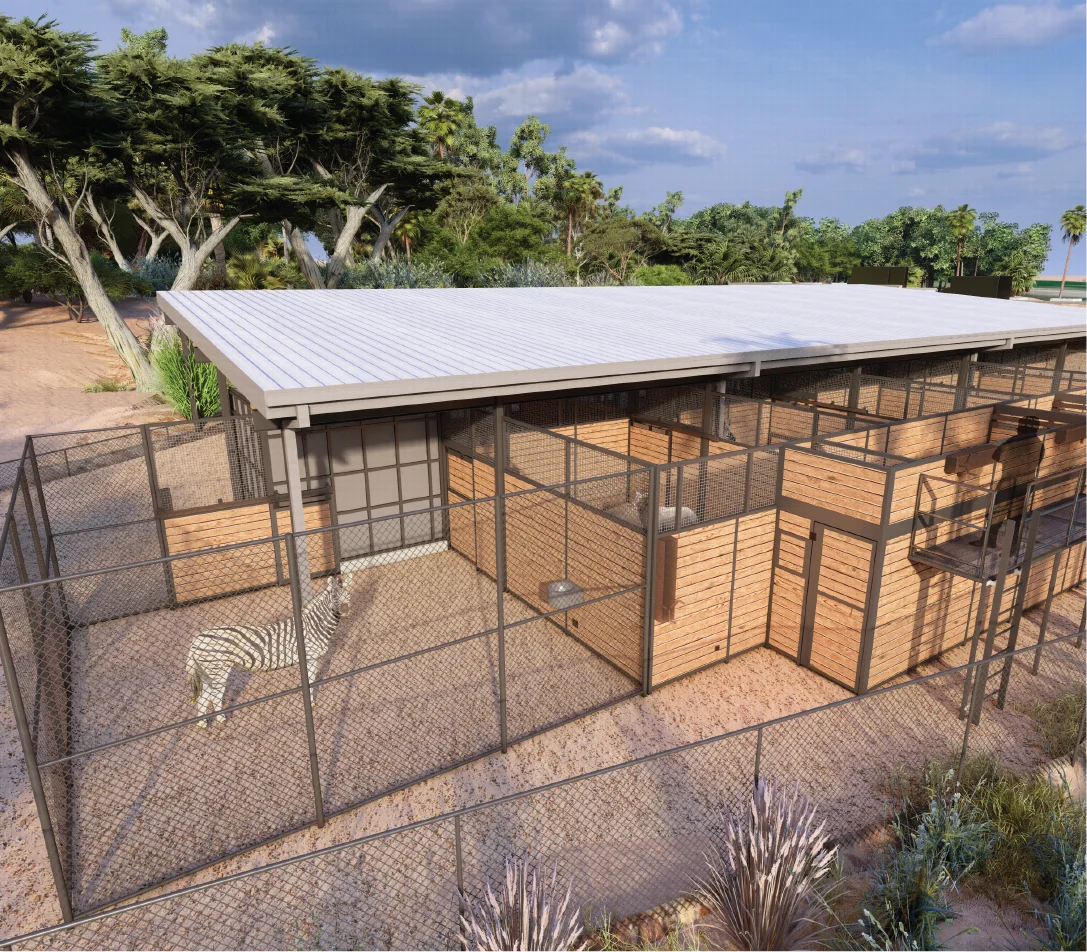Huachuca water umbel
 The Huachuca water umbel is a semi-aquatic plant native to southern Arizona and Sonora, Mexico. In Arizona, it is currently found in the San Pedro, Santa Cruz, and Rio Yaqui watersheds. This species might resemble grass, but it actually belongs to the same family as carrot, celery, and parsley.
The Huachuca water umbel is a semi-aquatic plant native to southern Arizona and Sonora, Mexico. In Arizona, it is currently found in the San Pedro, Santa Cruz, and Rio Yaqui watersheds. This species might resemble grass, but it actually belongs to the same family as carrot, celery, and parsley.
The Huachuca water umbel is able to reproduce in two different ways. It reproduces asexually with rhizomes, intricate underground stems that grow horizontally and produce new shoots. This is so successful that a large patch such as the one pictured here is likely all one individual. The Huachuca water umbel also reproduces sexually by growing small clusters of flowers in the springtime. These flowers are called umbels.
As an important form of erosion control, Huachuca water umbel stabilizes the banks of waterways, creating good habitat for many wildlife species. Listed as Endangered under the Endangered Species Act in 1997, the Huachuca water umbel is threatened by habitat degradation in the forms of groundwater pumping and human development. Additionally, increased erosion as a result of overgrazing livestock increases the severity of flash floods, which can wipe out umbel from an area.
threats
habitat loss/
degradation
development
how we help
 Since 2011, the Phoenix Zoo has maintained a population of Huachuca water umbel behind the scenes at the Arthur L. and Elaine V. Johnson Conservation Center.
Since 2011, the Phoenix Zoo has maintained a population of Huachuca water umbel behind the scenes at the Arthur L. and Elaine V. Johnson Conservation Center.
In the future, these plants could be transferred to other facilities or transplanted to the wild.
conservation partners


Plan your visit today!
The Phoenix Zoo is one of the largest non-profit zoos in the U.S., caring for over 3,000 animals, with nearly 400 species represented, including many threatened/endangered species.

Plan your visit today!
The Phoenix Zoo is one of the largest non-profit zoos in the U.S., caring for over 3,000 animals, with nearly 400 species represented, including many threatened/endangered species.








